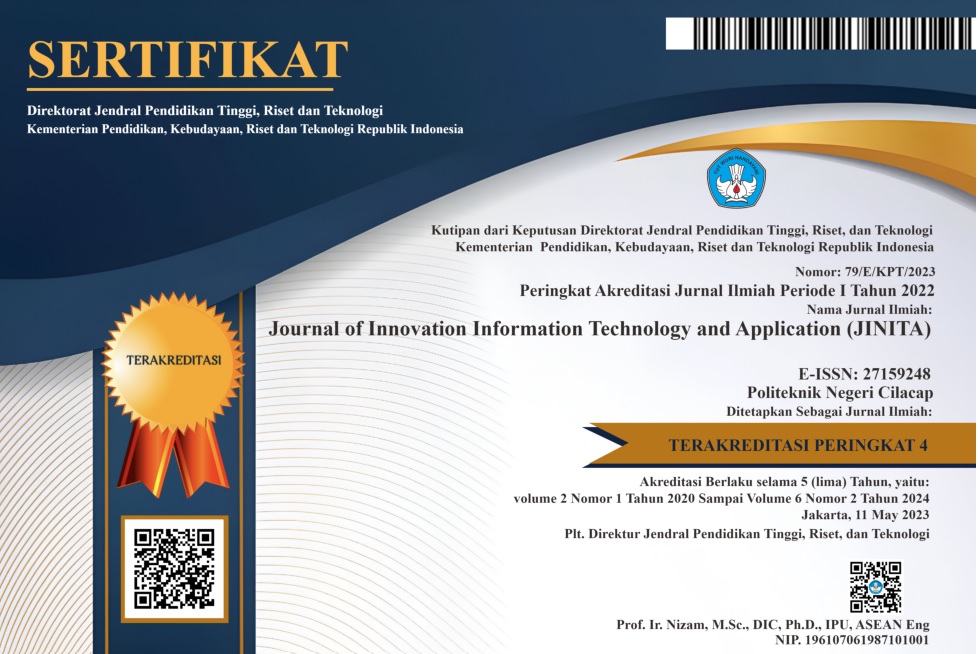Pengembangan Media Pembelajaran Mesin Menggunakan Teknologi Augmented Reality
 Abstract views: 3540
,
Abstract views: 3540
,
 PDF (Bahasa Indonesia) downloads: 2769
PDF (Bahasa Indonesia) downloads: 2769
Abstract
Learning media are all things that can be used to channel messages and stimulate the learning process for students. Learning machine of two-wheeled vehicles in SMK YPT 2 Purbalingga is still using Ms. Powerpoint as a learning medium. In one of the subjects that discussed the partitioning machine parts, how to work a motorcycle engine and troubleshooting the machine parts as well as how to repair or replace spare parts, students felt the use of Ms. media. Powerpoint is less interesting and difficult to understand the material. Educators also see students tend to get bored easily when learning so that they need other alternatives as a learning medium. For that reason, the writer applies a markerless augmented reality technology as a medium for learning two-wheeled vehicles to help as well as learning media for students, the method used is MDLC (Multimedia Development Life Cycle). This research produces an augmented reality application that helps visualize motorcycle engines in the form of 3D models for vocational students.
Copyright (c) 2019 Journal of Innovation Information Technology and Application (JINITA)

This work is licensed under a Creative Commons Attribution 4.0 International License.
Authors who publish with this journal agree to the following terms:
- Authors retain copyright and grant the journal right of first publication with the work simultaneously licensed under a Creative Commons Attribution License that allows others to share the work with an acknowledgement of the work's authorship and initial publication in this journal.
- Authors are able to enter into separate, additional contractual arrangements for the non-exclusive distribution of the journal's published version of the work (e.g., post it to an institutional repository or publish it in a book), with an acknowledgement of its initial publication in this journal.
- Authors are permitted and encouraged to post their work online (e.g., in institutional repositories or on their website) prior to and during the submission process, as it can lead to productive exchanges, as well as earlier and greater citation of published work (See The Effect of Open Access).
















